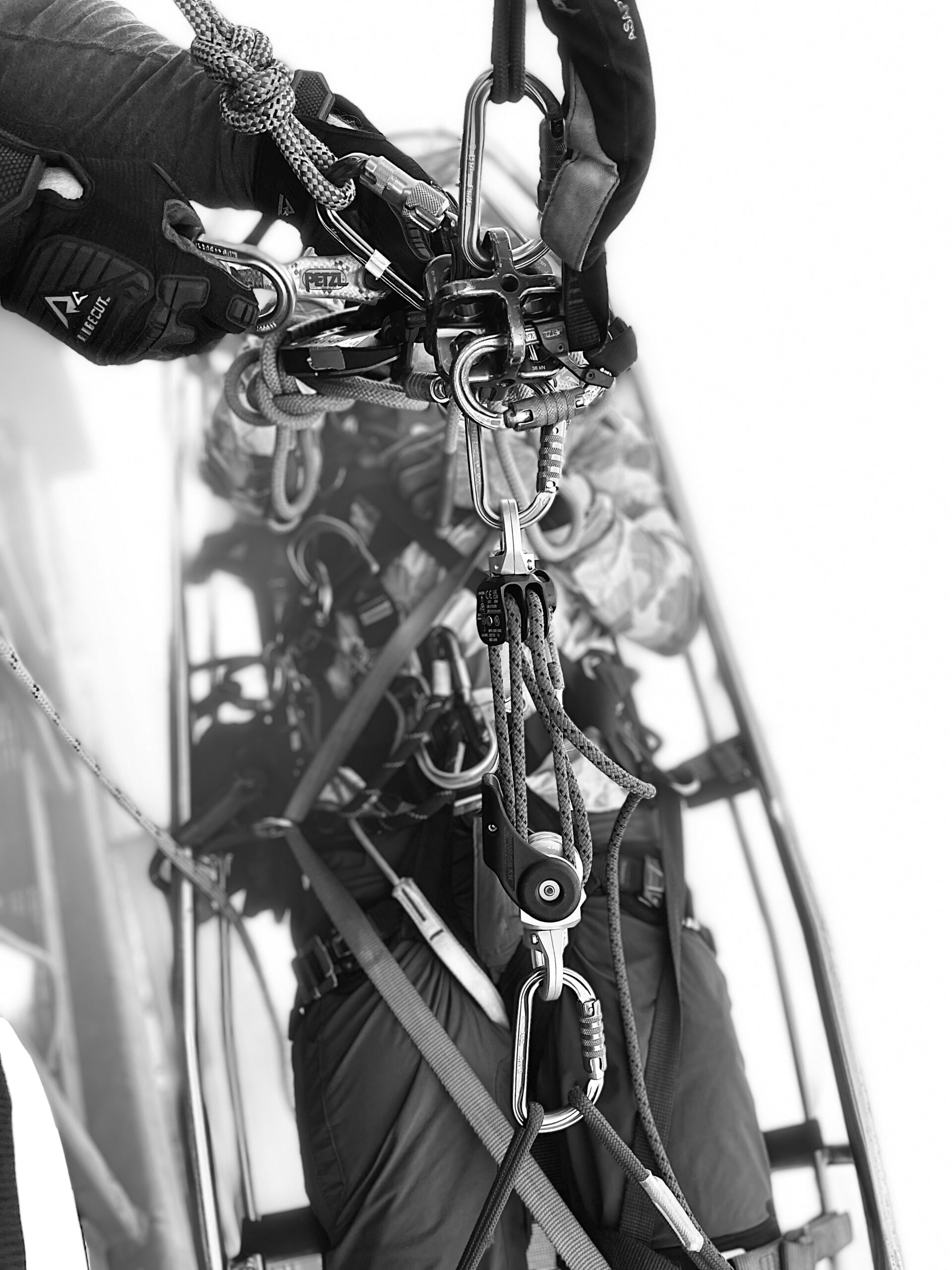The world of rope rescue has come a long way in recent years, with advancements in technology and new equipment. This has resulted in an increase in the number of rope technicians who are tech-savvy and want to understand the math behind the systems they use. At the same time, there are also many technicians who have become overly reliant on videos and struggle to actually perform the techniques they watch.
- The importance of math in rope rescue: Rope rescue is a technical and mathematical discipline that requires a deep understanding of the physics behind it. By understanding the math, technicians can make better decisions and ensure the safety of their systems. In addition, this knowledge helps technicians to understand the limitations of their equipment and how to use it properly.
- The dangers of relying too heavily on videos: While videos can be a useful tool for learning, it is important to remember that they are not a substitute for hands-on experience. There is a danger in watching too many videos, as technicians may not fully understand the context in which the techniques are used. This can lead to a lack of critical thinking skills and an over-reliance on videos. This can also result in technicians asking their students to perform techniques that are not possible, putting their students at risk.
- The benefits of simple and clean systems: The key to effective rope rescue is to keep things simple and clean. A simple system is easier to understand and use, reducing the risk of error. In addition, a clean system is less likely to become tangled, making it easier to manage in an emergency situation.
In conclusion, teaching rope rescue in today’s environment requires a balance between technical knowledge and hands-on experience. It is important to understand the math behind the systems, while also recognizing the limitations of video-based learning. By keeping systems simple and clean, technicians can ensure that they are able to respond effectively in an emergency situation.
